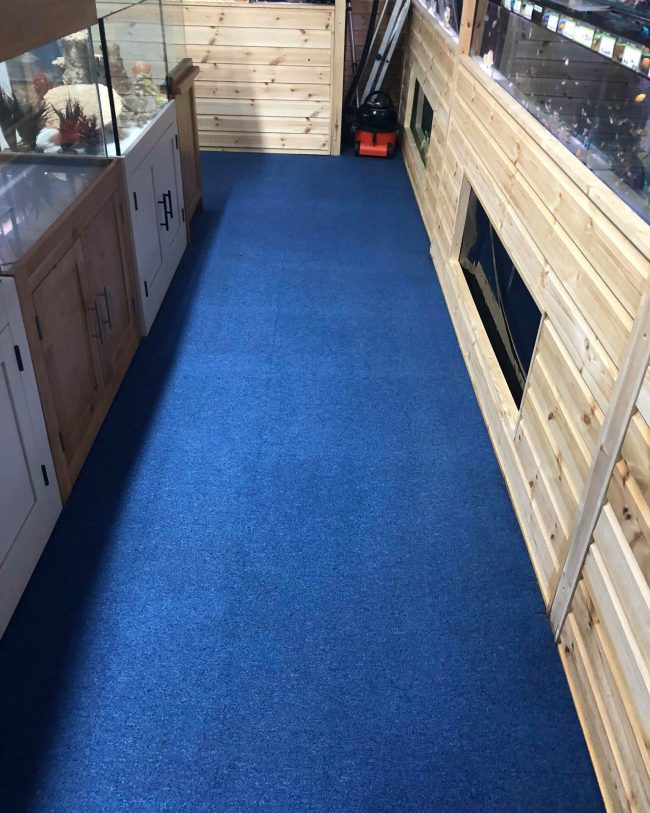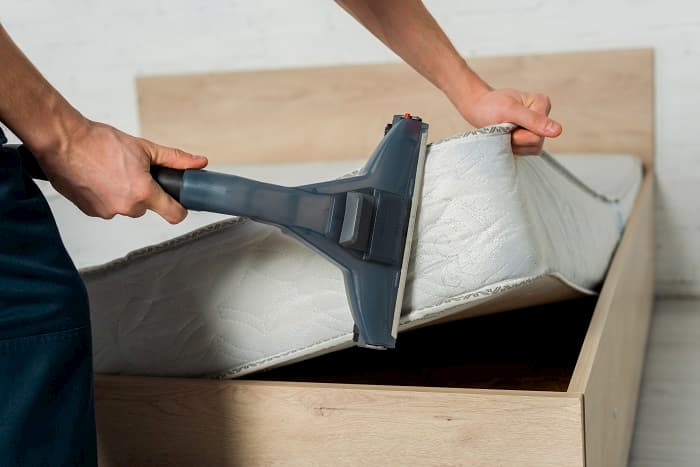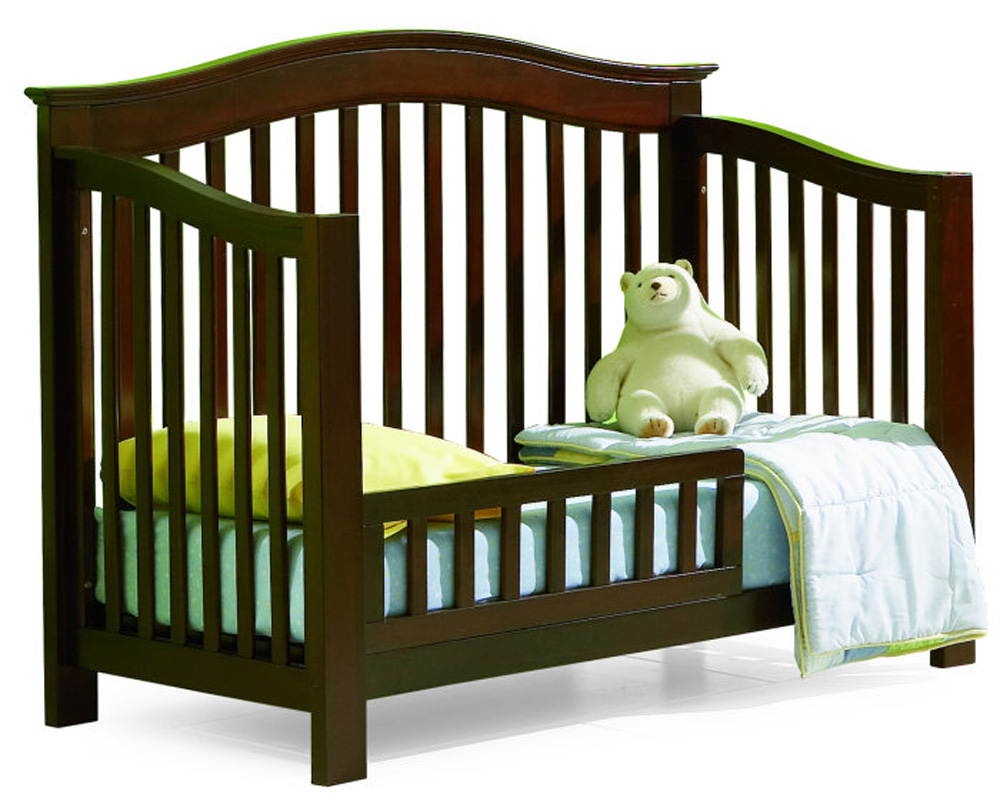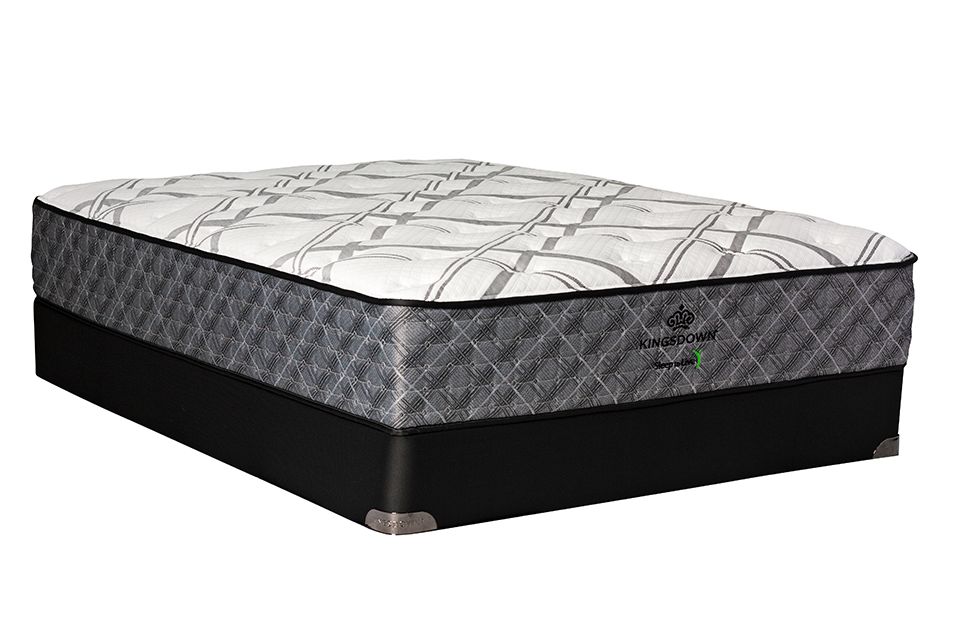When it comes to protecting your mattress from dust mites, one of the most common solutions is to use a plastic mattress cover. But do these covers actually work? The answer is yes and no. While they can provide a barrier against dust mites, they are not a foolproof solution for eliminating them completely. Dust mites are tiny creatures that thrive in warm, humid environments and feed on dead skin cells. They are a common allergen and can cause symptoms such as sneezing, itching, and congestion. Since mattresses are a prime breeding ground for dust mites, it's important to take steps to prevent them from infesting your bed. A plastic mattress cover can help create a barrier between dust mites and your mattress. The plastic material is impenetrable, making it difficult for the mites to burrow into the fabric of your mattress and feed on your skin cells. This can help reduce the number of dust mites in your bed and alleviate allergy symptoms. However, it's important to note that plastic mattress covers are not a standalone solution for dust mite control. Dust mites can still thrive in other areas of your bedroom, such as bedding, carpets, and upholstered furniture. This means that even with a plastic cover on your mattress, you may still be exposed to dust mites and their allergens.1. Plastic Mattress Covers: Do They Really Work Against Dust Mites?
While plastic mattress covers may not completely eliminate dust mites, they can still be a useful tool in your fight against these pesky allergens. To get the most out of your plastic cover, here are a few tips to follow: Use a hypoallergenic cover: Look for a plastic mattress cover that is specifically designed for allergy control. These covers are typically made with a tightly woven fabric that can keep dust mites from getting through. Encase the entire mattress: Make sure the plastic cover completely encases your mattress. This means covering all sides, including the bottom, to prevent dust mites from entering or escaping. Regularly wash the cover: To keep your mattress cover effective, make sure to wash it regularly. This will help remove any dust mite allergens that may have accumulated on the surface. Use in conjunction with other dust mite control methods: As mentioned earlier, plastic mattress covers are not a standalone solution for dust mites. It's important to also regularly wash your bedding in hot water, vacuum your mattress and carpets, and reduce humidity levels in your home to help control dust mite populations.2. How to Get Rid of Dust Mites in Your Mattress with a Plastic Cover
While plastic mattress covers can certainly help in the fight against dust mites, there are a few things to keep in mind when using them: They can be noisy: Plastic covers can be noisy and make a crinkling sound when you move around on your bed. This may bother some people and make it difficult to sleep. They can trap heat and moisture: Since plastic is not a breathable material, it can trap heat and moisture, making it uncomfortable to sleep on. This can also create the perfect environment for mold and mildew growth, which can also trigger allergies. They can wear out over time: Like any mattress cover, plastic covers can wear out over time and may need to be replaced. This is especially true if you frequently wash the cover, which can cause it to become brittle and tear.3. The Truth About Dust Mites and Plastic Mattress Covers
The short answer is yes, dust mites can survive in a plastic mattress cover. While the cover can provide a barrier against them, dust mites are resilient creatures and can find other places to thrive in your bedroom, such as bedding and furniture. This is why it's important to use plastic covers in combination with other dust mite control methods. Furthermore, dust mites can still survive within the cover itself. Even though they may not be able to burrow into your mattress, they can still live on the surface of the cover and continue to produce allergens. This is why it's important to regularly wash and replace your plastic cover to keep it effective.4. Can Dust Mites Survive in a Plastic Mattress Cover?
Despite some of the drawbacks mentioned above, there are still several benefits to using a plastic mattress cover for dust mite control. These include: Reduced allergy symptoms: By creating a barrier between you and dust mites, a plastic cover can help alleviate allergy symptoms and provide a more comfortable sleep environment. Easy to clean: Plastic covers are typically easy to clean and can be wiped down with a damp cloth or washed in the washing machine. Affordable: Plastic mattress covers are generally much more affordable than other types of mattress covers, making them a budget-friendly option for dust mite control.5. The Benefits of Using a Plastic Mattress Cover for Dust Mite Control
When shopping for a plastic mattress cover, here are a few things to keep in mind to ensure you choose the best one for your needs: Size: Make sure to measure your mattress and choose a cover that will fit snugly and completely encase the mattress. Material: Look for a cover made from a hypoallergenic, tightly woven plastic material that will effectively block dust mites. Durability: Since plastic covers can wear out over time, choose one that is durable and can withstand frequent washing. Brand reputation: Do some research on the brand and read reviews to ensure you are purchasing a high-quality, effective product.6. How to Choose the Best Plastic Mattress Cover for Dust Mite Protection
Many people wonder if plastic mattress covers are effective in preventing dust mite allergies. The answer is that they can certainly help, but they are not a guaranteed solution. To truly prevent dust mite allergies, it's important to use a combination of methods, including regular washing of bedding, vacuuming, and reducing humidity levels in your home. Additionally, it's important to note that plastic covers may not be effective for those who are allergic to the plastic material itself. In this case, it may be better to opt for a different type of mattress cover.7. The Effectiveness of Plastic Mattress Covers in Preventing Dust Mite Allergies
To get the most out of your plastic mattress cover, here are a few tips to keep in mind: Regularly wash the cover: As mentioned earlier, it's important to regularly wash your plastic cover to keep it effective. This will help remove any dust mite allergens that may have accumulated on the surface. Use a dehumidifier: Since dust mites thrive in humid environments, using a dehumidifier can help reduce their populations in your home. Replace the cover when needed: If your cover becomes torn or worn out, it's important to replace it to ensure it continues to provide a barrier against dust mites.8. Tips for Using a Plastic Mattress Cover to Keep Dust Mites at Bay
While plastic mattress covers can help reduce the number of dust mites in your bed, they are not the only factor to consider. Dust mites can still thrive in other areas of your bedroom, such as bedding, carpets, and furniture. This means that using a plastic cover alone may not be enough to fully eliminate dust mites and their allergens. Furthermore, some people may be allergic to the plastic material itself, which can cause them to experience symptoms even with a cover on their mattress. In this case, it may be better to opt for a different type of mattress cover.9. The Connection Between Dust Mites and Plastic Mattress Covers
To keep your plastic mattress cover effective and free from dust mite allergens, it's important to follow these cleaning and maintenance tips: Wash regularly: As mentioned earlier, washing your plastic cover regularly is key to keeping it effective. Follow the manufacturer's instructions for washing and drying. Use hot water: To effectively kill dust mites, wash your cover in hot water and dry it on high heat. Replace when needed: If your cover becomes torn or worn out, it's important to replace it to ensure it continues to provide a barrier against dust mites. By following these tips, you can ensure your plastic mattress cover remains an effective tool in your fight against dust mites and their allergens.10. How to Properly Clean and Maintain Your Plastic Mattress Cover for Dust Mite Control
The Impact of Plastic Mattress Covers on Mite Infestations

Understanding Mites and Their Habits
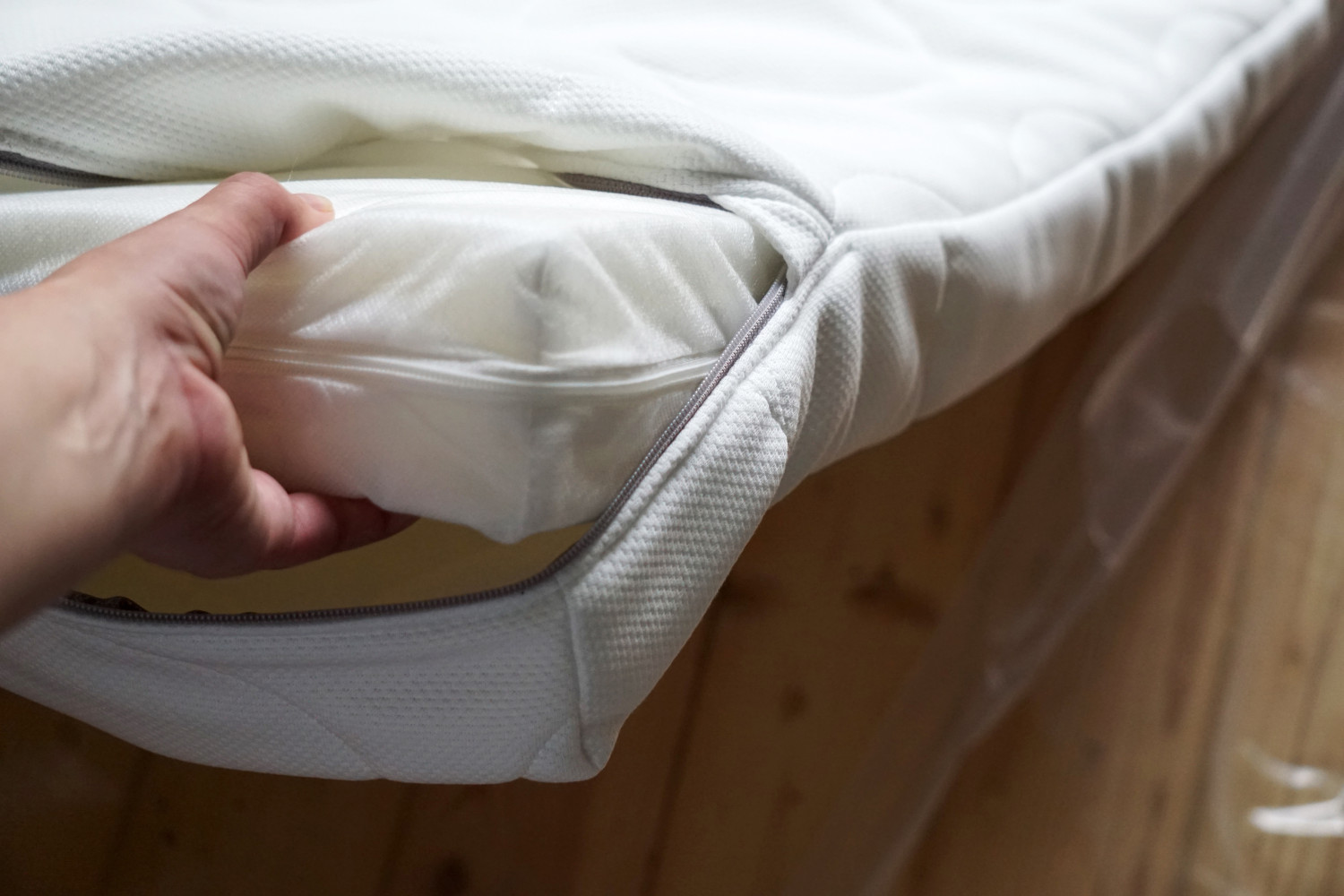 Mites are tiny, microscopic creatures that are found in every household. Although they are not visible to the naked eye, they can cause a lot of problems if left unchecked. Mites feed on dead skin cells and thrive in warm, humid environments. They can cause allergies and respiratory problems in humans if their population is not controlled. This is why it is important to take preventive measures to keep them at bay. One of the ways people try to control mite infestations is by using plastic mattress covers. But the question is, will these covers suffocate mites?
Mites are tiny, microscopic creatures that are found in every household. Although they are not visible to the naked eye, they can cause a lot of problems if left unchecked. Mites feed on dead skin cells and thrive in warm, humid environments. They can cause allergies and respiratory problems in humans if their population is not controlled. This is why it is important to take preventive measures to keep them at bay. One of the ways people try to control mite infestations is by using plastic mattress covers. But the question is, will these covers suffocate mites?
The Truth About Plastic Mattress Covers
/dust_mite_on_skin-aa2f44e16b5a4b94a7301ab346de5b91.jpg) Plastic mattress covers are commonly used to protect mattresses from stains and spills. They are made of a thin, waterproof material that is impermeable to liquids. Many people believe that these covers will also suffocate mites, preventing them from reproducing and causing harm. However, this is not entirely true.
While plastic mattress covers may prevent mites from burrowing deep into the mattress, they will not suffocate them.
Mites can survive in a variety of environments and do not need to breathe through their skin. They can survive for months without any source of moisture. In fact, plastic covers can create a warm and humid environment, which is ideal for mites to thrive in.
Plastic mattress covers are commonly used to protect mattresses from stains and spills. They are made of a thin, waterproof material that is impermeable to liquids. Many people believe that these covers will also suffocate mites, preventing them from reproducing and causing harm. However, this is not entirely true.
While plastic mattress covers may prevent mites from burrowing deep into the mattress, they will not suffocate them.
Mites can survive in a variety of environments and do not need to breathe through their skin. They can survive for months without any source of moisture. In fact, plastic covers can create a warm and humid environment, which is ideal for mites to thrive in.
The Drawbacks of Using Plastic Mattress Covers
 Apart from not being effective in controlling mites, plastic mattress covers have some drawbacks. They can make sleeping uncomfortable as they do not allow the mattress to breathe. This can cause excessive sweating, leading to discomfort and disrupted sleep. Additionally, plastic covers can make noise when you move around on the bed, disturbing your sleep and that of your partner.
Apart from not being effective in controlling mites, plastic mattress covers have some drawbacks. They can make sleeping uncomfortable as they do not allow the mattress to breathe. This can cause excessive sweating, leading to discomfort and disrupted sleep. Additionally, plastic covers can make noise when you move around on the bed, disturbing your sleep and that of your partner.
Alternative Solutions for Mite Infestations
 If you are dealing with a mite infestation, there are other solutions that are more effective than plastic mattress covers. Regularly vacuuming your mattress and washing your bedding in hot water can help reduce the mite population. You can also invest in a quality mattress that is resistant to dust mites.
By keeping your living space clean and well-ventilated, you can effectively control mite infestations without relying on plastic mattress covers.
In conclusion, while plastic mattress covers may seem like a practical solution for controlling mites, they are not as effective as they are believed to be. Instead of suffocating mites, they can create a more favorable environment for them to thrive in. It is important to regularly clean and maintain your living space to keep mite infestations at bay. By doing so, you can ensure a healthy and comfortable environment for yourself and your family.
If you are dealing with a mite infestation, there are other solutions that are more effective than plastic mattress covers. Regularly vacuuming your mattress and washing your bedding in hot water can help reduce the mite population. You can also invest in a quality mattress that is resistant to dust mites.
By keeping your living space clean and well-ventilated, you can effectively control mite infestations without relying on plastic mattress covers.
In conclusion, while plastic mattress covers may seem like a practical solution for controlling mites, they are not as effective as they are believed to be. Instead of suffocating mites, they can create a more favorable environment for them to thrive in. It is important to regularly clean and maintain your living space to keep mite infestations at bay. By doing so, you can ensure a healthy and comfortable environment for yourself and your family.
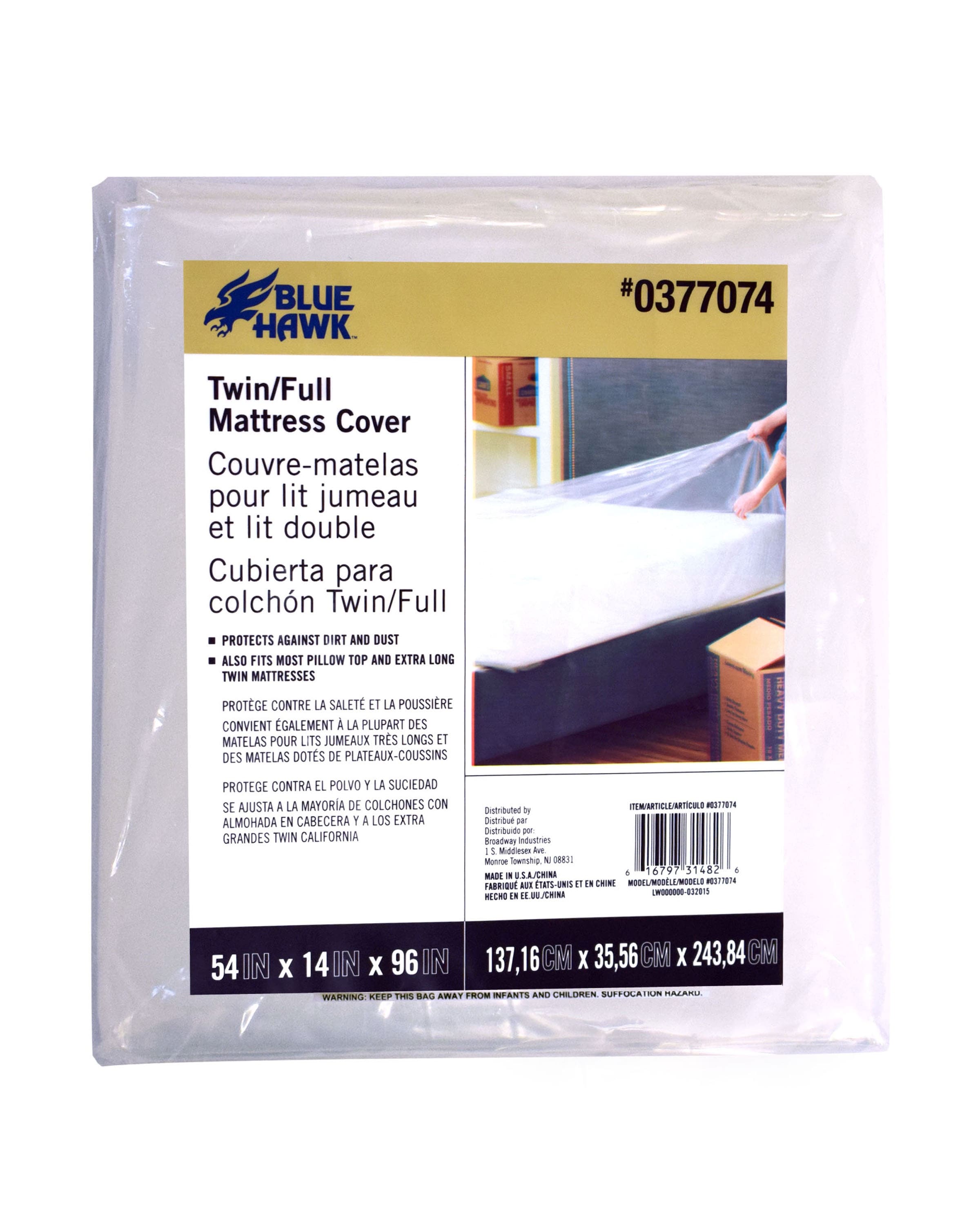




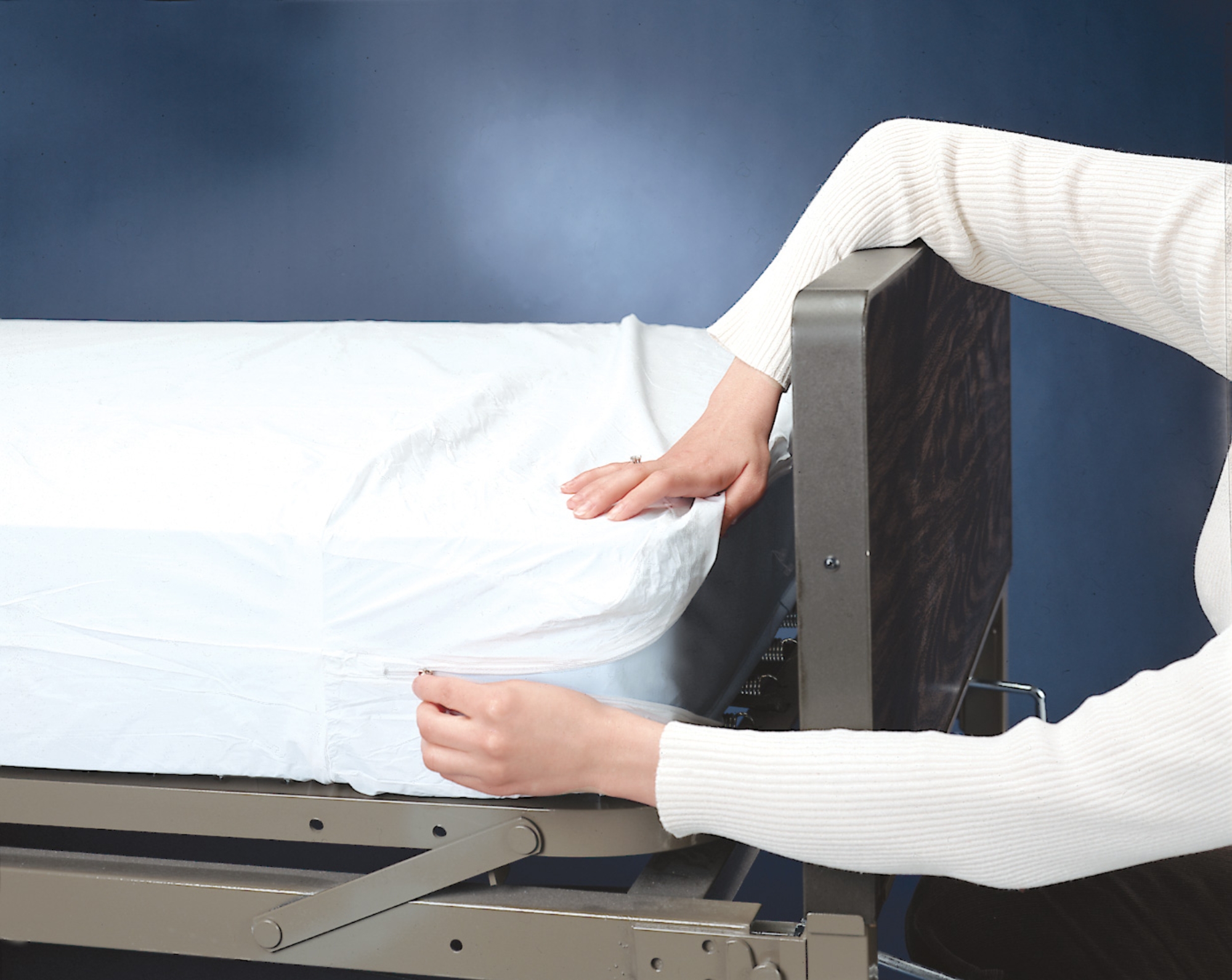
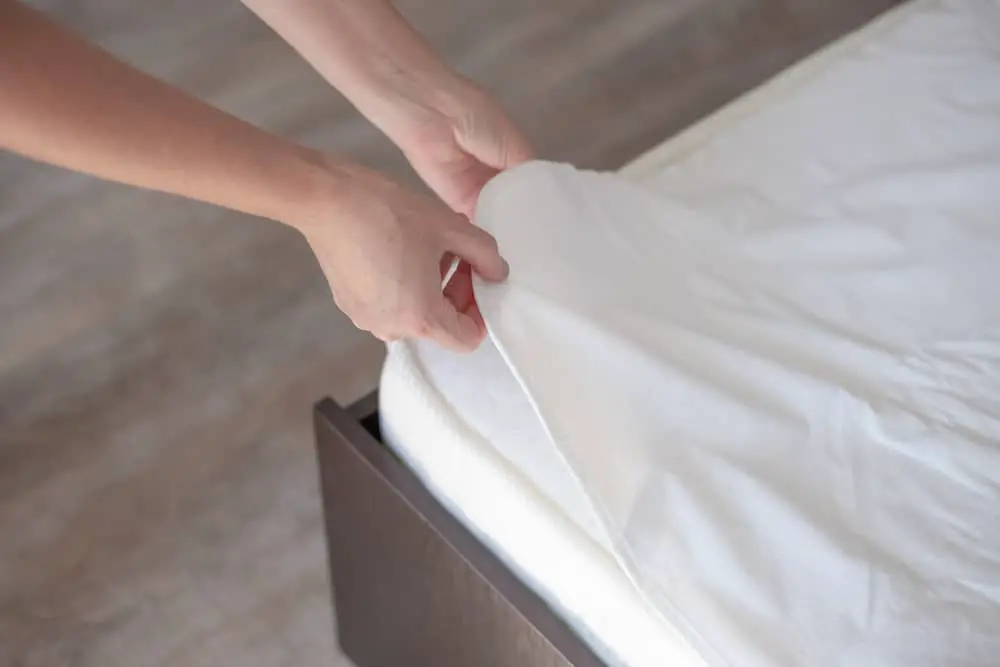







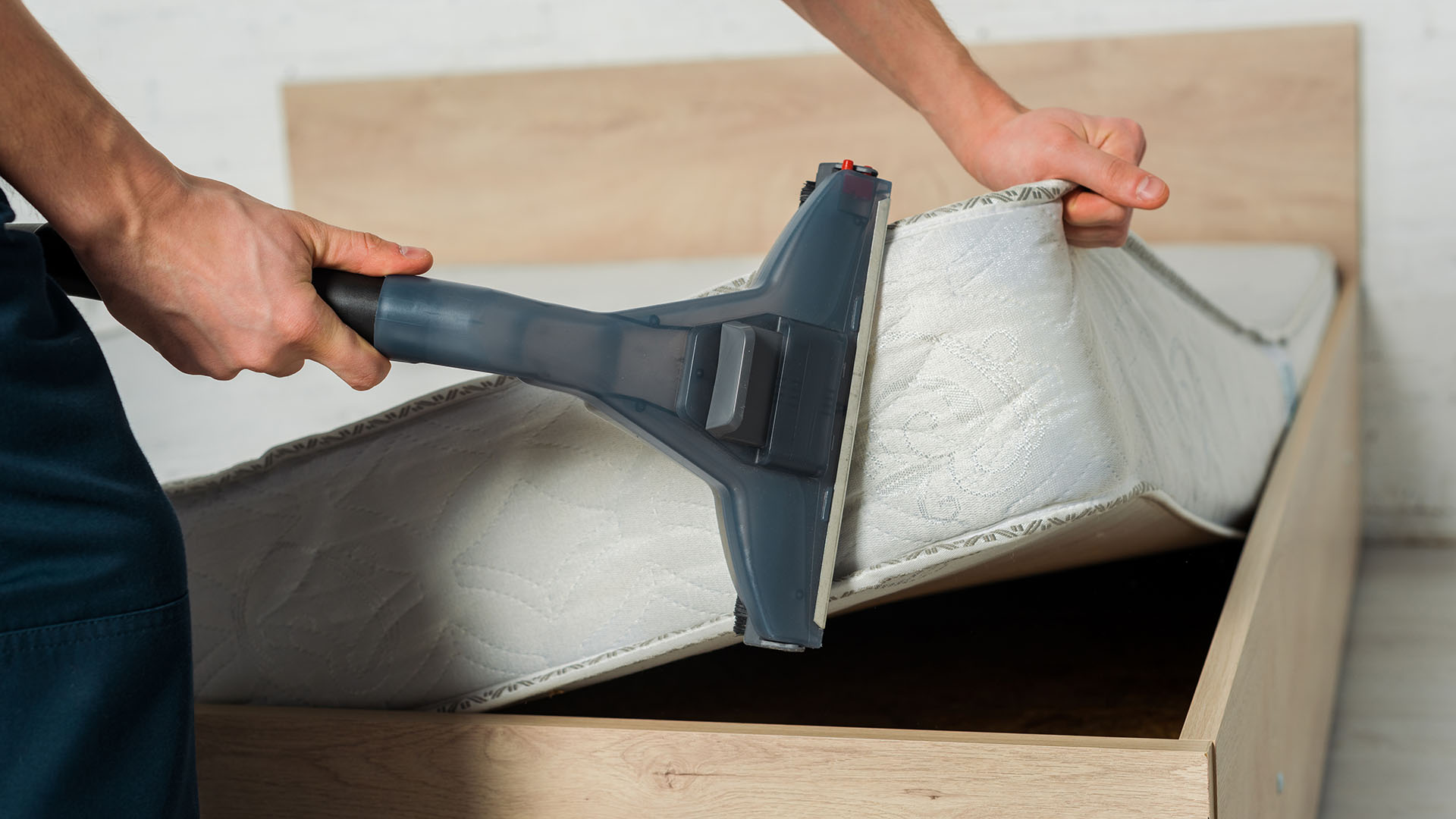
.png?sfvrsn=5c0b9a94_2)



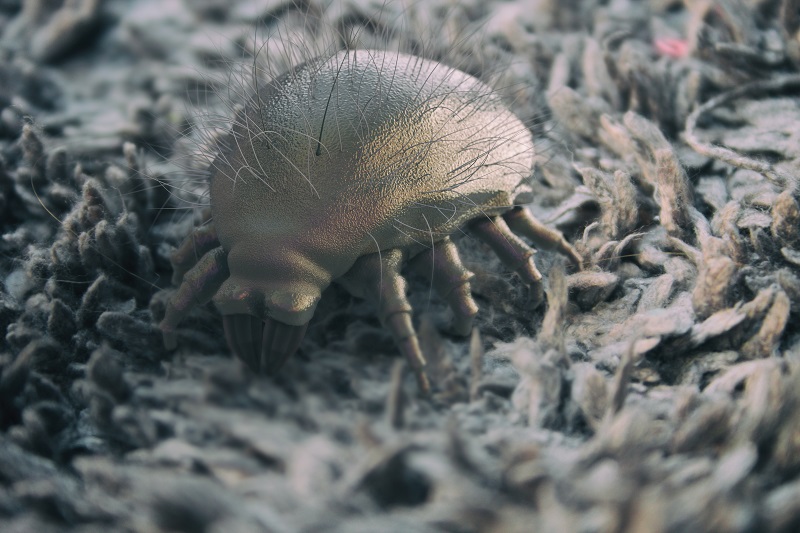
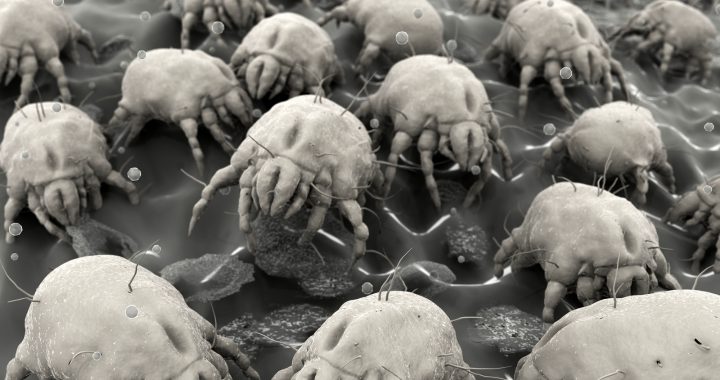
:max_bytes(150000):strip_icc()/how-to-get-dust-mites-out-of-mattress-5270595-04-c70f7e59ad304c8e8bb2585f6e030c40.jpg)
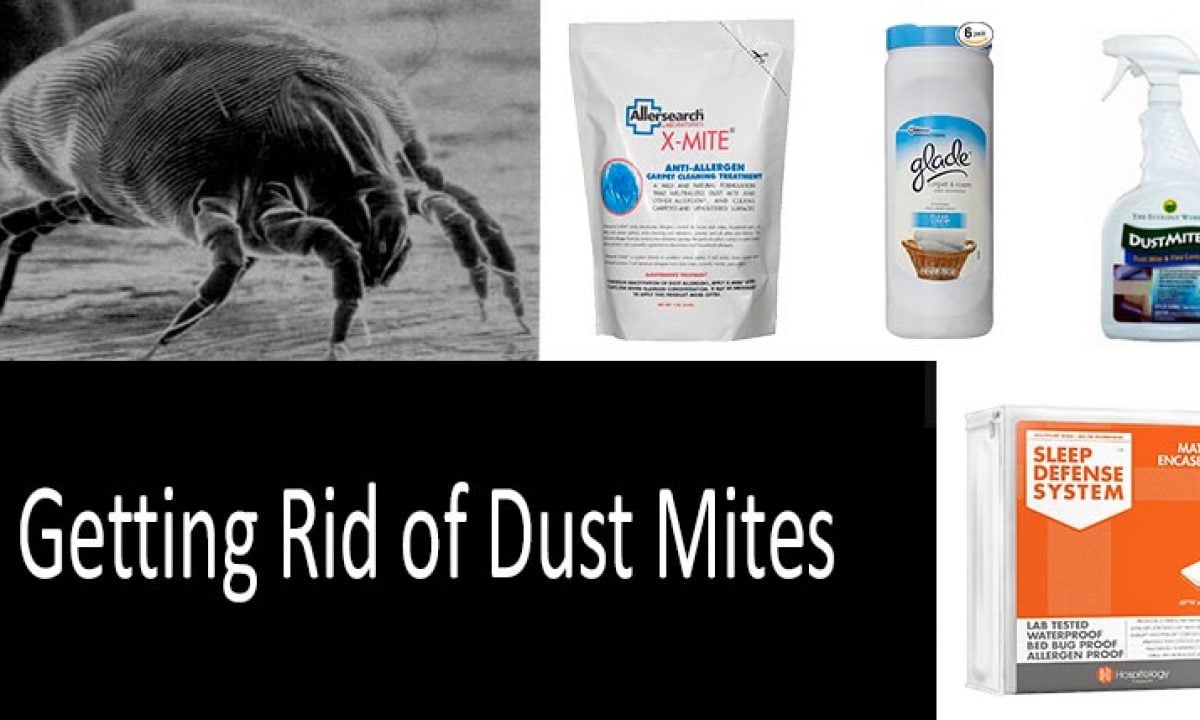
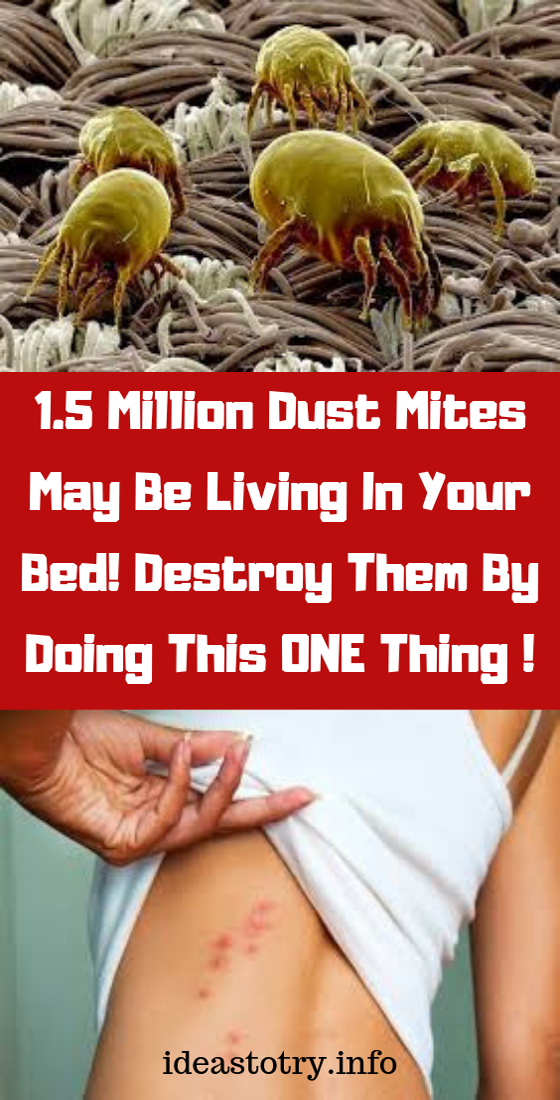



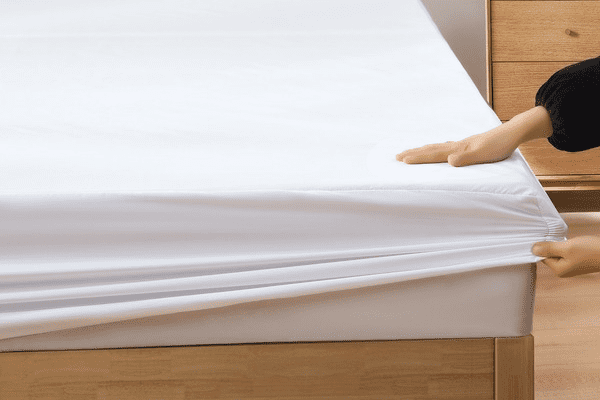


:max_bytes(150000):strip_icc()/how-to-get-dust-mites-out-of-mattress-5270595-04-c70f7e59ad304c8e8bb2585f6e030c40.jpg)
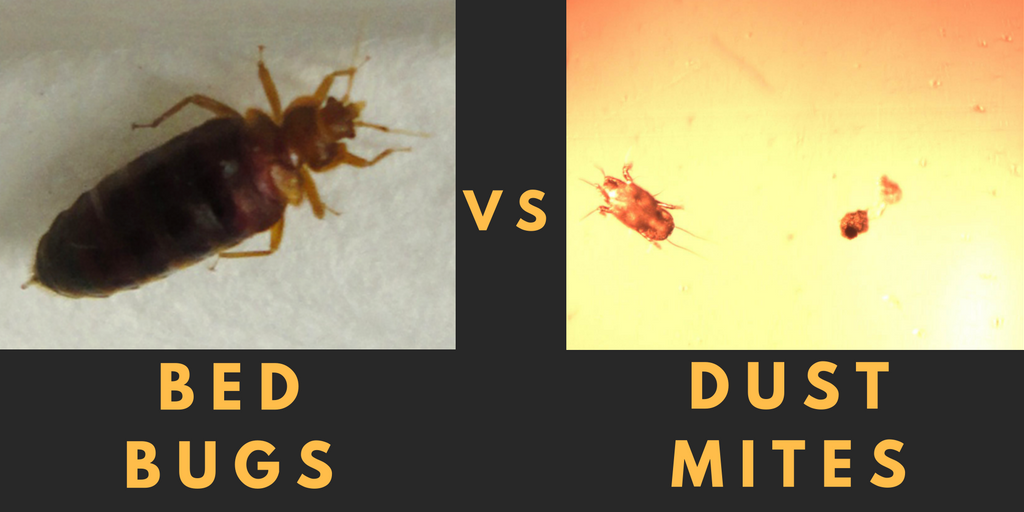



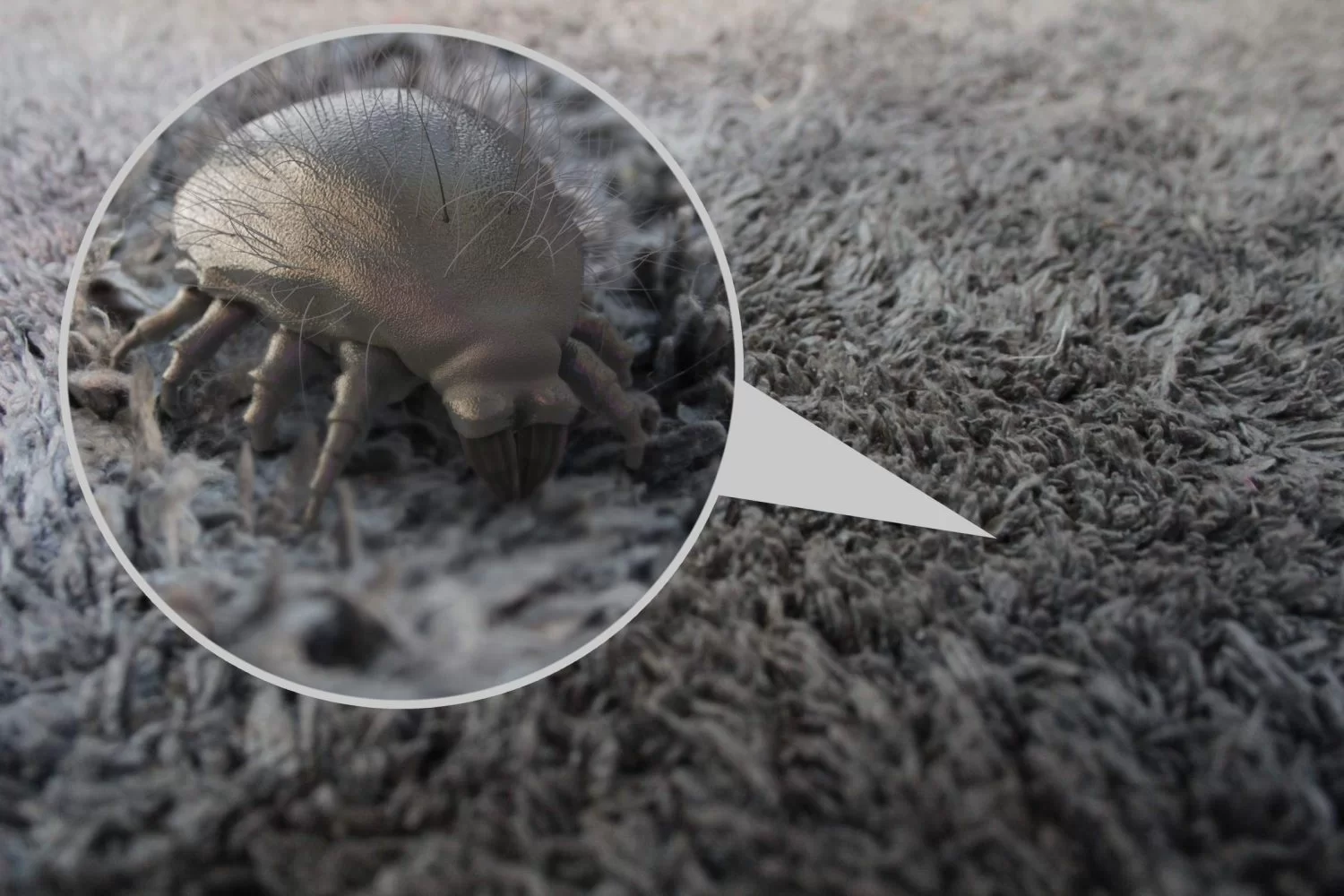

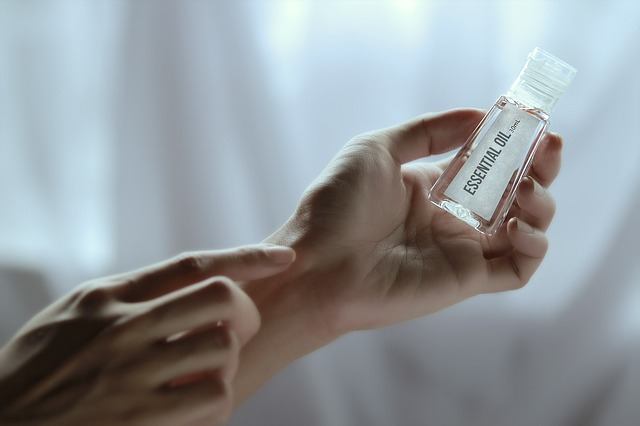
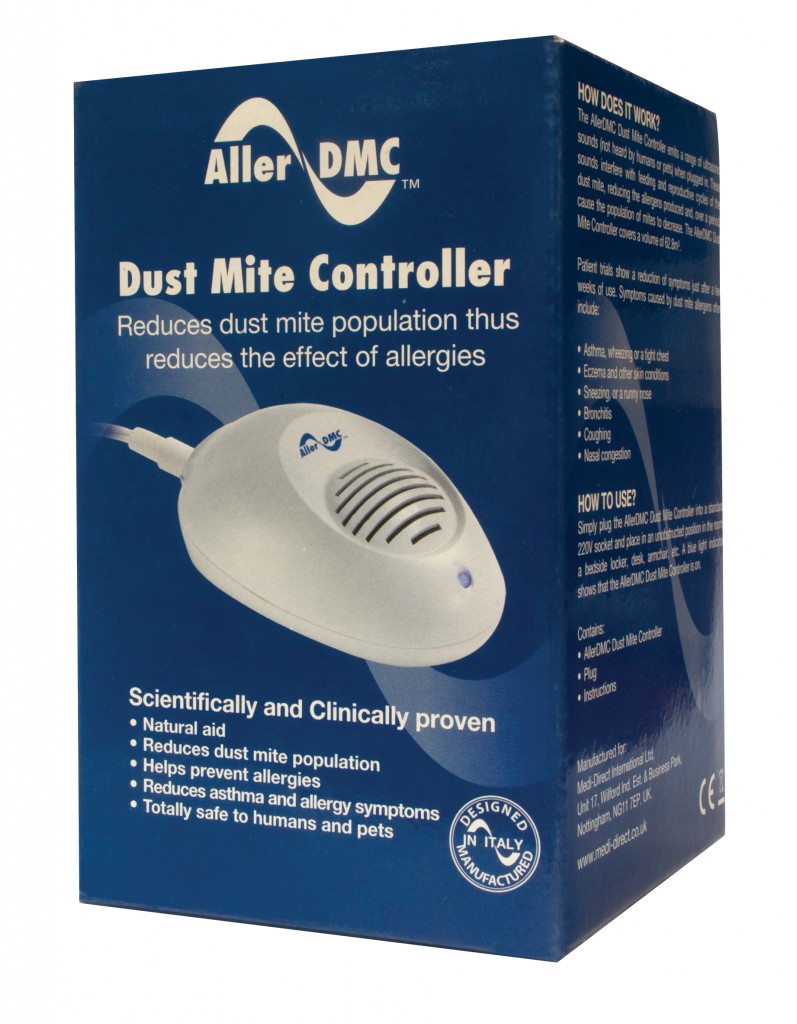

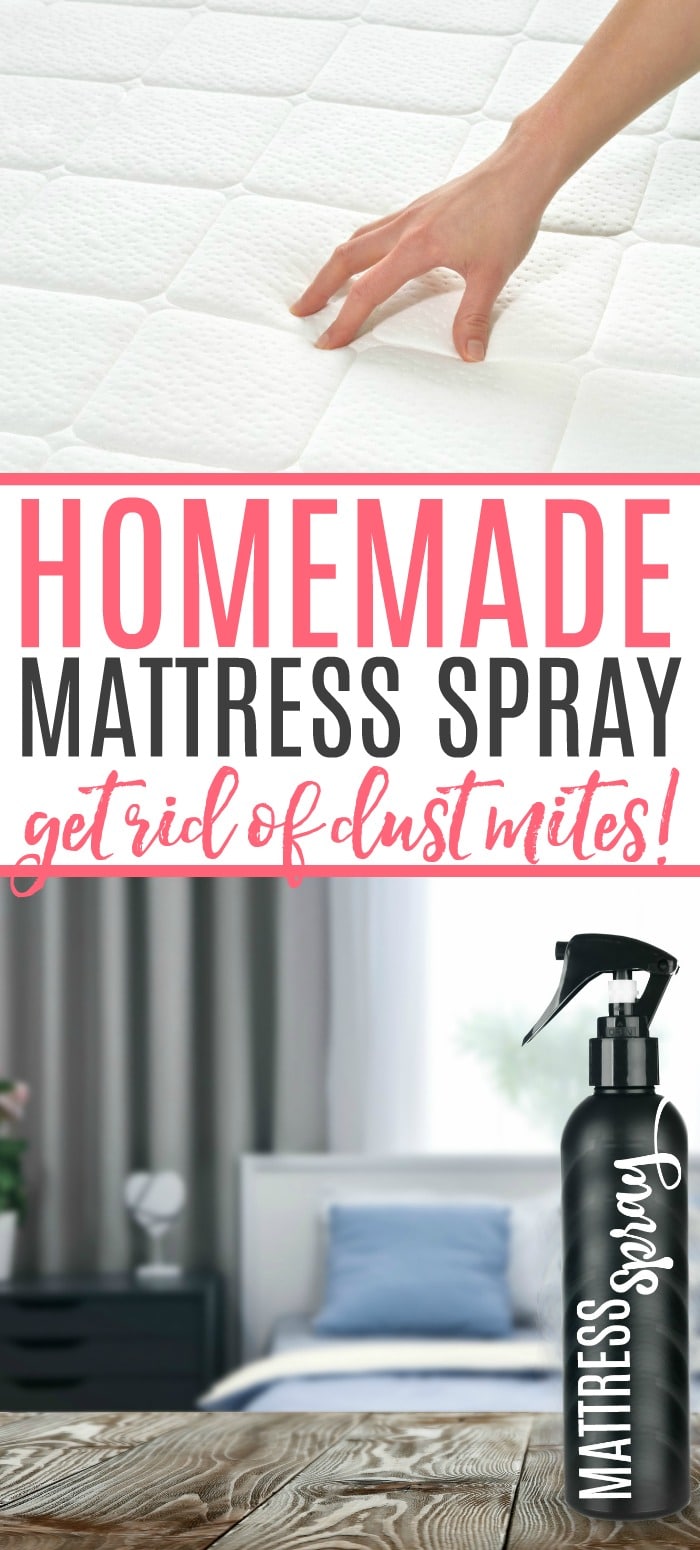




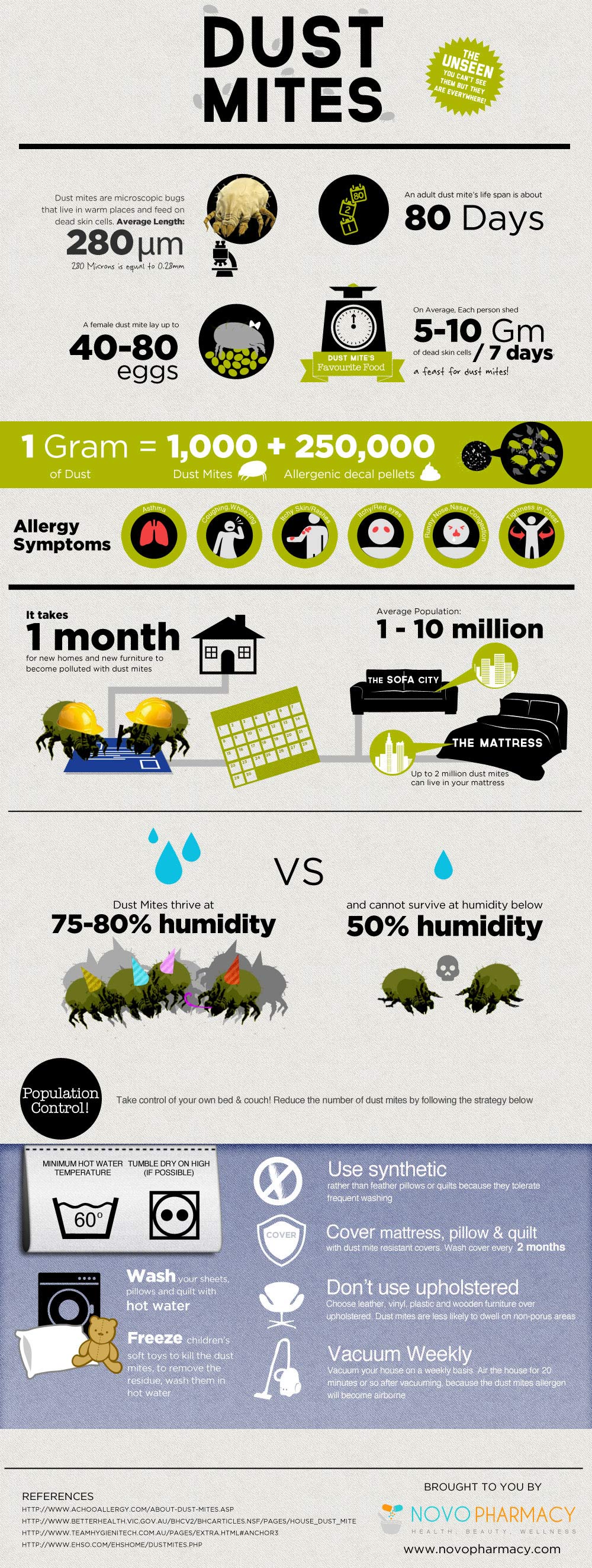



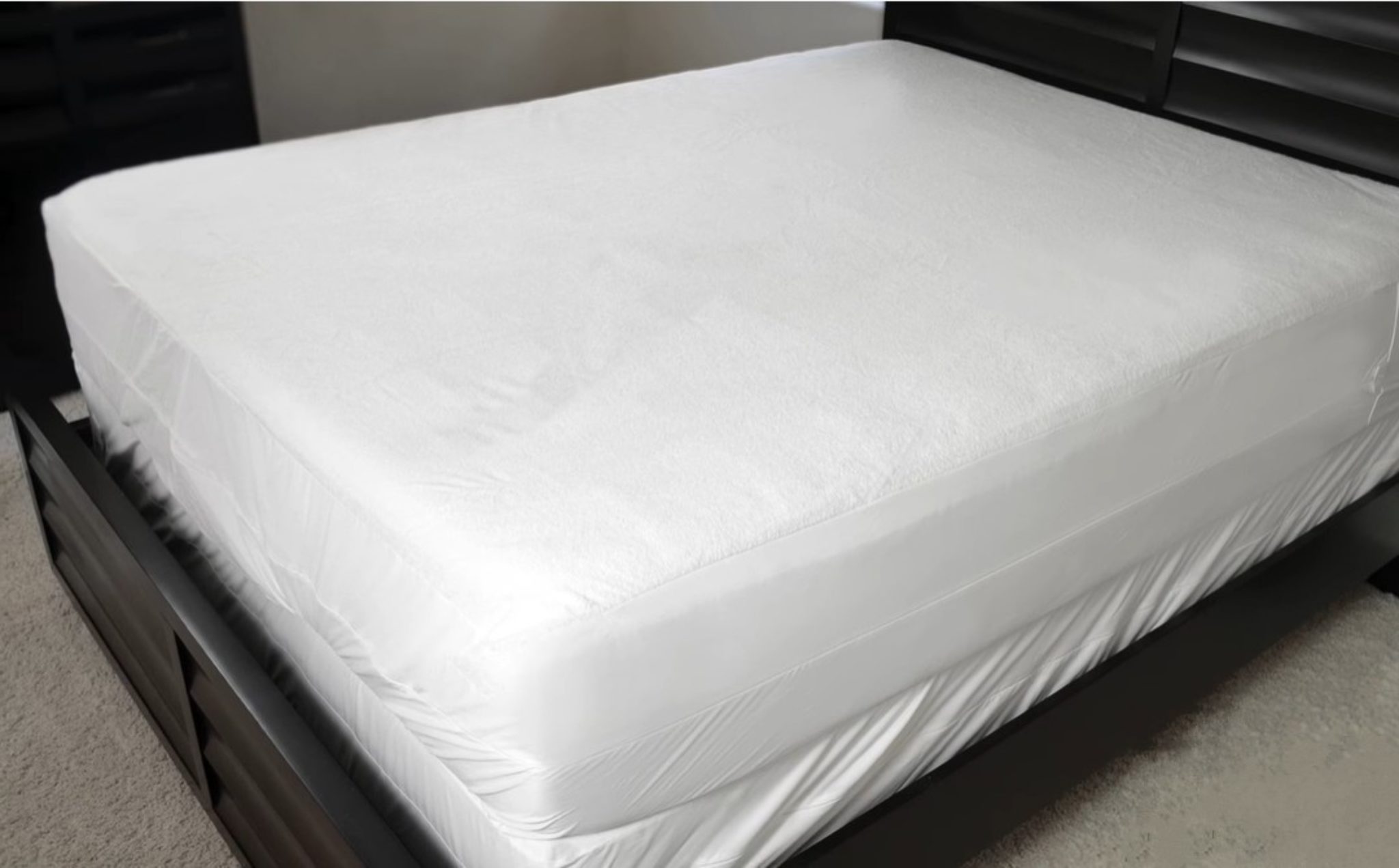


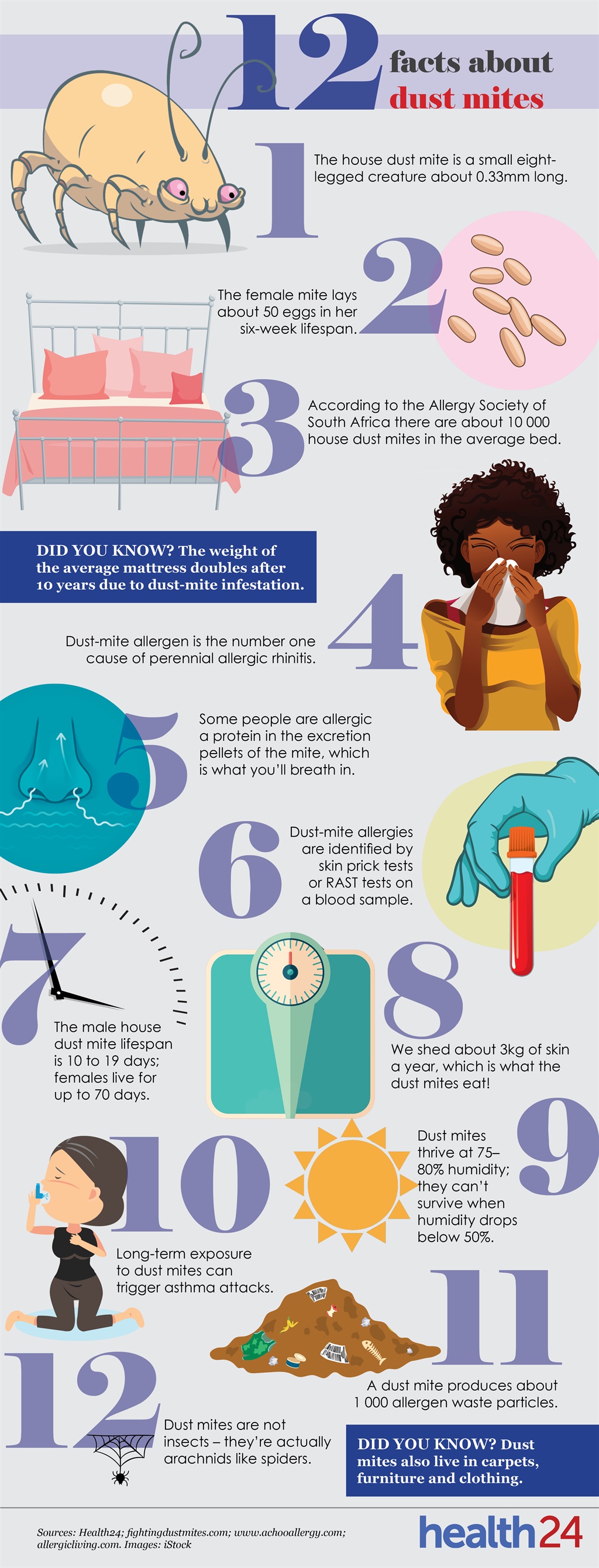
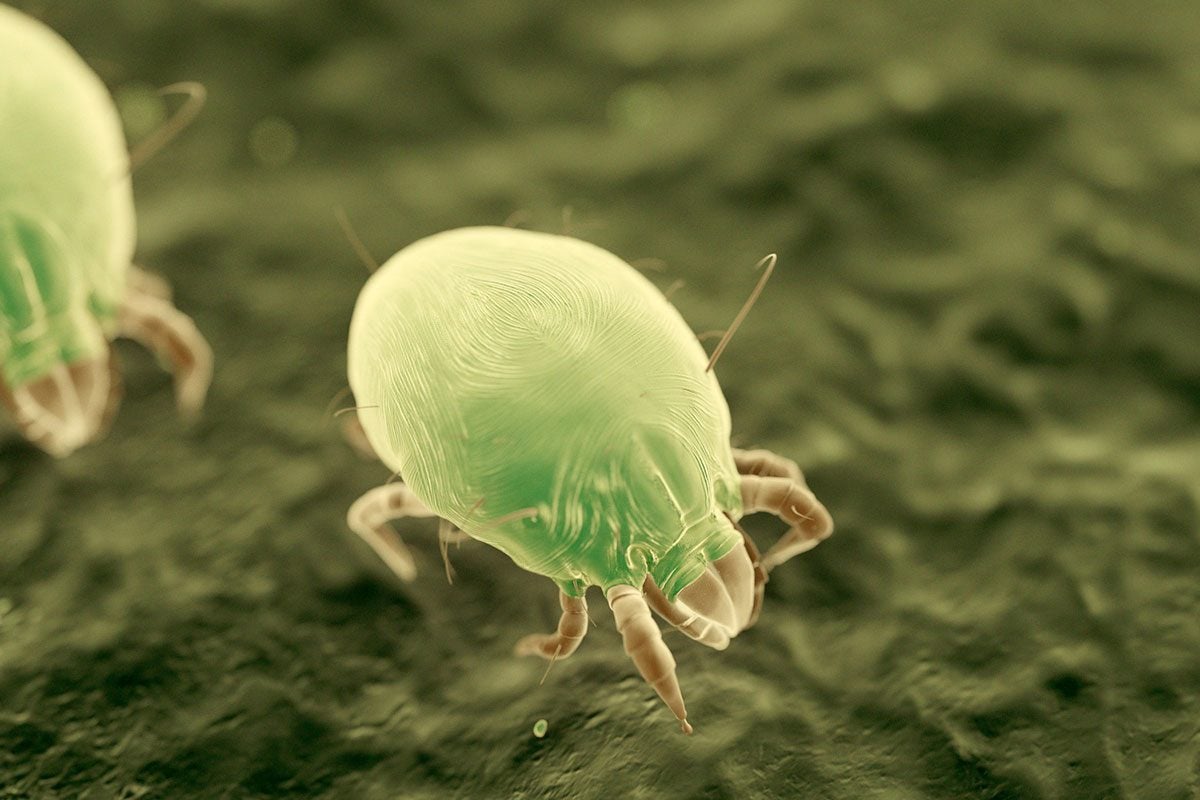

:max_bytes(150000):strip_icc()/VWH_Illustration_Tips-for-Reducing-Dust-Mite-Exposure_Illustrator_Theresa-Chiechi_Final-94dd99c38fe1418788d4a793e800dc86.jpg)

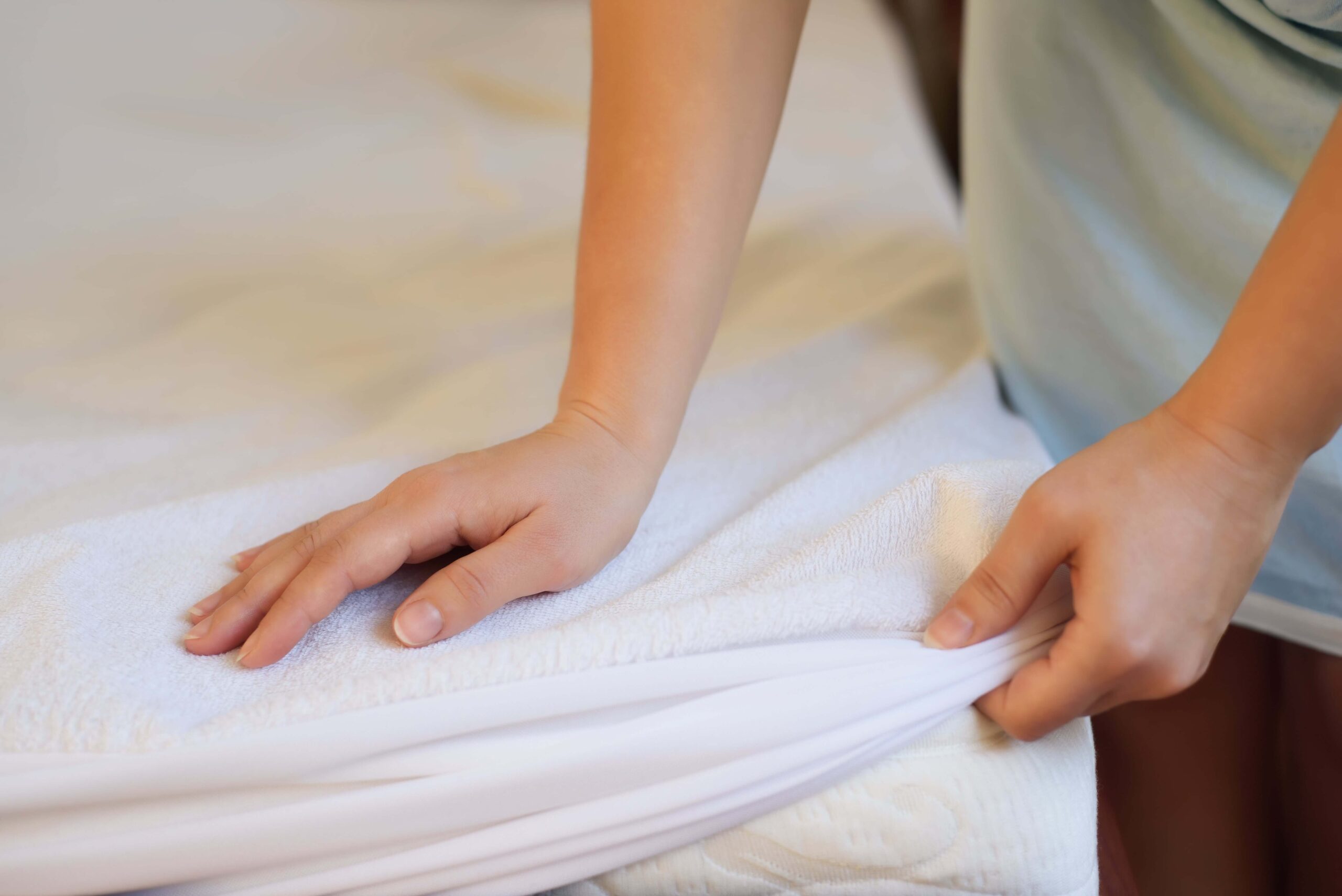




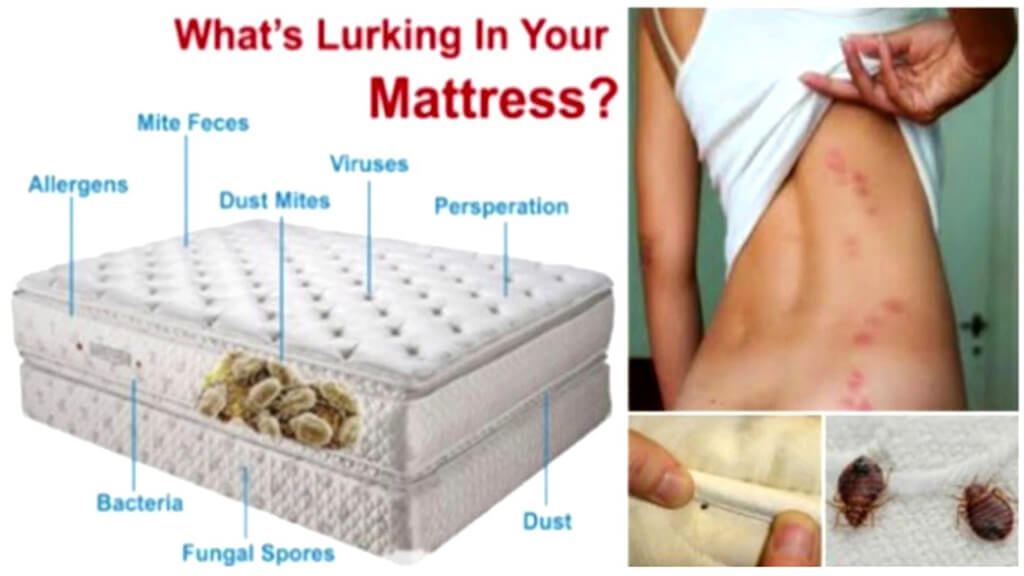
:max_bytes(150000):strip_icc()/how-to-get-dust-mites-out-of-mattress-5270595-Hero-3d940038fd514972a68bfbd531183856.jpg)
:max_bytes(150000):strip_icc()/how-to-get-dust-mites-out-of-mattress-5270595-01-0cb81e1ea3f444908b16aac4dd4c07a8.jpg)





